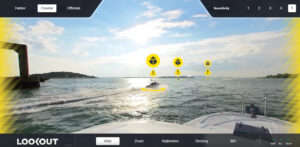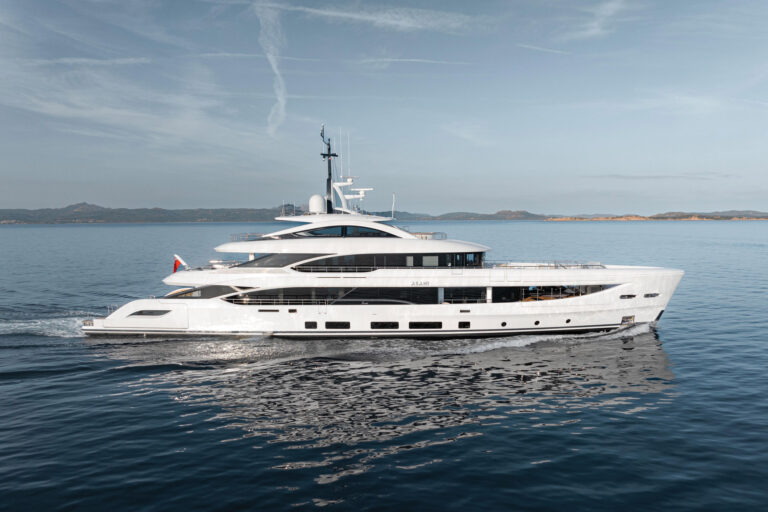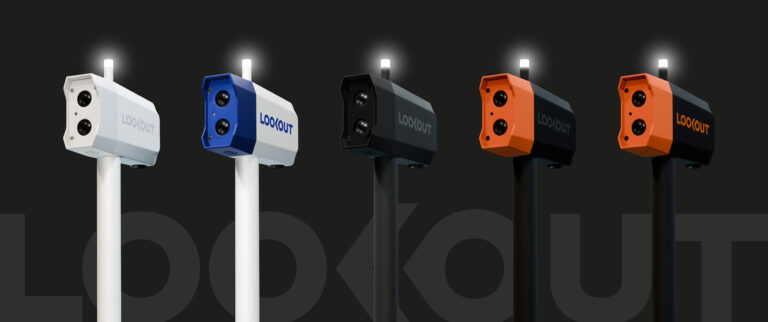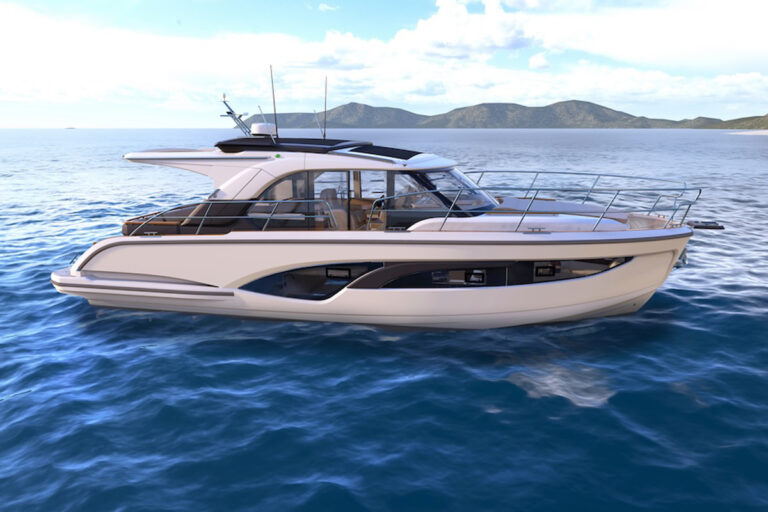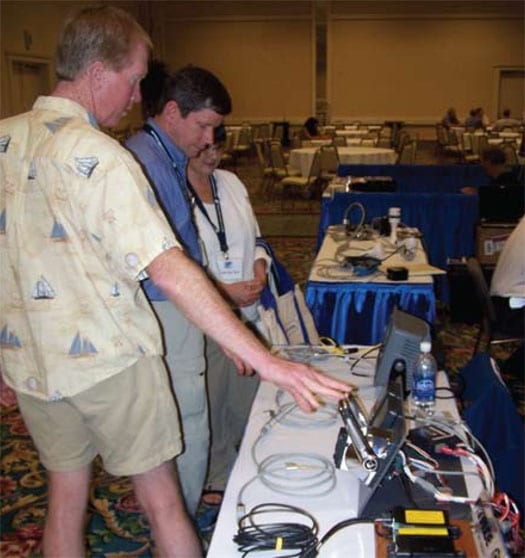
ytgjan09electorg525.jpg
Today we’re living in a time of wholesale change in marine electronics. The processing speed and capabilities of the helm array on the average cruiser are far greater than a Navy aircraft carrier had even 25 years ago. And they’re only getting better, with more features, more intuitive control systems, and more power and range than ever before.
And through all these changes, the National Marine Electronics Association, or NMEA, has been there. The organization, begun in 1957, was formed by a group of dealers to provide them with a bit of leverage in their communications with the manufacturers. Fast forward 52 years: Times have changed and NMEA counts dealers and manufacturers as a major faction of its membership.
As the organization has evolved, by extension so has its purpose. NMEA today is focused on installation standards and training, but there is still some attention paid to industry unity, in the form of the annual Convention and Expo. Where’s it all headed? We went to the 2008 NMEA Convention in San Diego to find out.
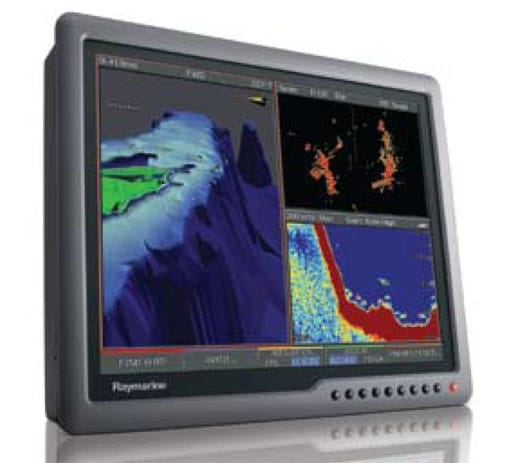
| | |
Standard PracticeRaymarine’s G-Series (above; www.raymarine.com) won the 2008 NMEA Best of Show Award at San Diego, and it’s a great example of how integration has gone from buzzword to reality in a matter of a few years. But, as one may imagine, the installation of one of these units is not to be taken lightly. The complex interactions of powerful equipment must be set up correctly if they are ever going to work properly and hold up in the marine environment. Some systems can update the charts through an Internet connection, assuring that the navigation information contains the latest Notices To Mariners information, an obvious boon to cruisers, when it is working.
NMEA has recognized that and acted. The organization has taken on the task of standardizing installation practices and getting that standard accredited.
“We started putting together what today has become a huge, three-ring binder affair: an installation standard,” says David Hayden, executive director of NMEA. “We have applied to and joined ANSI [American National Standards Institute], which is the association of standards in America and within six months-and it’s taken a year so far-our standard will be accredited by ANSI. That’s huge. For our standards to be accredited by ANSI means that they are accepted worldwide and they are a standard.”
Once that standard is accredited, NMEA management hopes to be in excellent company.
“Once we have our installation accredited standards, I want [boats] to say ‘certified to ABYC and NMEA standards,'” says Hayden. “That means that a consumer is fully protected by knowing the fact that he’s just purchased a boat that’s certified by NMMA and ABYC, but also NMEA.”
Some members would like to have boatbuilders brought aboard as members, an idea that not everyone agrees with.
“I’d like to see more boatbuilders and interested other parties that play a role [be members],” says Louis Chemi, executive vice president of sales and marketing for Navico, parent company of Simrad, Northstar, Lowrance and other proven brands. “Where do a lot of electronic sales go? They go either directly to a boatbuilder, or they go to a dealer who is installing it on a new boat.”
Given the way the organization started, and how far it’s come, that could be the next step.
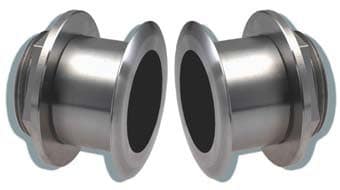
| | |
Here’s the Drill
Airmar’s B164 tilted-element transducer (above; www.airmartechnology.com) won the 2008 NMEA Specialty Award at the convention, along with FLIR’s Navigator II thermal-imaging system. These are finely tuned instruments, and they need to be installed properly. NMEA operates a rigorous training schedule, to help its dealers fill installer positions with qualified personnel. If you think about it, the installation is where the rubber meets the road on marine electronics. The best-built precision equipment will never live up to expectations if it’s put in wrong.
“From the manufacturer standpoint, it’s providing education to servicing dealers and installation certification and technical certification for dealer personnel,” says Lou Rota, vice president of maritime sales for FLIR.
NMEA’s training puts a technician on track for certification. And the dealers understand the value as much as the manufacturers.
“It’s useful for us because it gives our employees training that they need that we don’t necessarily give them-or are able to give them-on the job,” says Rufus Van Gruisen of Cay Electronics, located in Portsmouth, Rhode Island, and Road Town, British Virgin Islands. “But it also gives them a qualification that we can use to show our clients that our employees are trained and are qualified and that kind of distinguishes them from less-qualified installers and technicians.”
The manufacturers sometimes make it worth the dealers’ while, with extended warranties offered when the installation is handled by dealers with personnel who have undergone NMEA training.
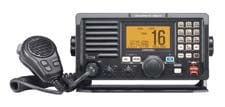
| | |
Talk Time
The ICOM M604 fixed VHF (above; www.icomamerica.com) won the 2008 NMEA Industry Award for Communication in San Diego. Interestingly, communication is something that the electronics industry sorely needs.
The number of smaller, DSC-enabled radios, such as the ICOM M604 and others, as well as EPIRBs and other safety devices, all require Maritime Mobile Service Identity (MMSI) numbers for the distress function, as does the Automatic Identification System.
With all of these units needing new MMSI numbers, NMEA approached the Federal Communications Commission with the idea of taking over the management and administration of the number assignments. Hayden revealed that the NMEA will be rolling out a comprehensive new website to manage the registration process. But this is a point of contention among some members.
“I’m not sure what they’re going to add to [the MMSI registration process], will there be any value added?” asks Chemi. “And will it cost me as the manufacturer now, or will it cost the consumer?”
NMEA is clearly doing some things right, not the least of which is fostering spirited discussion among its membership about the direction it should be headed.
“As the organization has matured, I think the dealers and manufacturers have found more common ground than differences,” says Van Gruisen. “So it’s becoming a bit more of a collective effort to improve the industry as a whole, rather than one side versus the other. But when differences do occur it provides a forum for the manufacturers and the dealers to sort out those differences and come to some resolution.”
When dealers and manufacturers are on the same page and installations go off without a hitch, and incentives are traded, the industry is happy. But it’s when the end user hits that power button and the screens light up in a synchronized symphony of data-that’s what makes it all worthwhile.
For more information, visit www.nmea.org




